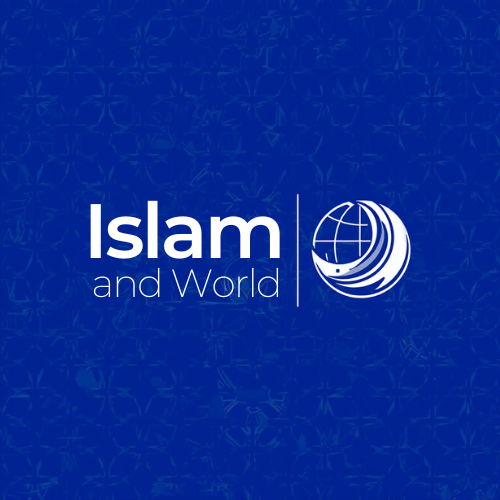The Influence of the Quran on Arabic Literature
The Quran, revealed in the 7th century to the Prophet Muhammad (peace be upon him), stands as one of the most profound and enduring influences on Arabic literature. Its linguistic brilliance, thematic depth, and unmatched eloquence have left an indelible mark on the Arabic language and the literary tradition of the Islamic world.
1. The Quran as a Linguistic Miracle
The Quran is widely regarded as the pinnacle of Arabic eloquence. It was revealed at a time when poetry and rhetoric were highly esteemed in Arabian society. The Quran’s style, structure, and rhythm astonished even the most accomplished poets of the time, challenging them to produce something comparable—a challenge famously known as the Tahleef. Its harmonious balance of prose and poetry defied conventional forms, introducing a new mode of expression that transformed Arabic literary norms.
The Quran elevated the Arabic language, expanding its vocabulary and enriching it with new meanings. Words and phrases gained profound significance in the Quranic context, influencing how future generations used the language. Terms like taqwa (consciousness of God) and ihsan (excellence) acquired layers of spiritual and ethical meaning.
2. Setting Literary Standards
The Quran established unparalleled literary benchmarks. It became a reference point for eloquence, diction, and thematic depth. Poets and authors looked to the Quran as a model for stylistic excellence. Its frequent use of rhetorical devices—such as metaphors, similes, and allegories—inspired generations of writers to weave these techniques into their works.
For example, pre-Islamic Arabic literature, known as Jahiliyyah poetry, celebrated themes like tribal pride and valor. Post-Quranic literature shifted toward moral, philosophical, and spiritual themes, reflecting the Quran’s profound guidance. This transition demonstrates how the Quranic ethos reshaped literary priorities.
3. Shaping the Genre of Arabic Prose
The Quran played a pivotal role in the development of Arabic prose. The art of khutbah (oratory) flourished as Muslim leaders and scholars emulated Quranic eloquence in their sermons and speeches. Additionally, the science of tafsir (Quranic exegesis) created a new genre of scholarly writing, bringing together linguistic analysis, historical narratives, and theological reflection.
Even storytelling traditions were shaped by Quranic narratives. Tales like those of Prophets Yusuf, Musa, and Ibrahim (peace be upon them all) inspired moral storytelling across the Arab world. These stories emphasized timeless lessons of patience, faith, and justice, becoming a cornerstone of Arabic literature.
4. Catalyzing Poetic Movements
While the Quran is not poetry, its rhythmic structure and evocative imagery inspired poets across centuries. The Quran’s powerful use of repetition, parallelism, and vivid descriptions influenced qasidah (odes) and other poetic forms. Poets like Al-Mutanabbi and later luminaries in Islamic civilization drew from Quranic language to convey their ideas with heightened beauty and clarity.
The Quran also inspired devotional poetry, such as qasidah burdah (The Poem of the Mantle) by Al-Busiri, which sought to convey love and reverence for the Prophet Muhammad (peace be upon him). These poetic works embody the Quran’s spiritual and linguistic impact.
5. Preserving and Enriching the Arabic Language
The Quran played a crucial role in preserving the Arabic language. As Islam expanded beyond the Arabian Peninsula, Arabic became the language of religious, cultural, and intellectual life across vast territories. Quranic Arabic served as a unifying standard, ensuring the survival of classical Arabic even as regional dialects evolved.
Moreover, disciplines like Arabic grammar and lexicography developed primarily to understand the Quran. Early grammarians, such as Sibawayh, studied its linguistic patterns to codify Arabic grammar rules, which remain foundational to this day.
6. Inspiring Modern Writers and Thinkers
The Quran continues to inspire modern Arabic writers and intellectuals. Its themes of justice, human dignity, and the quest for knowledge resonate with contemporary audiences. Writers often draw on Quranic motifs to address societal challenges, bridging tradition and modernity.
For instance, authors like Naguib Mahfouz and Taha Hussein incorporated Quranic allusions in their works, using its timeless values to critique and explore the modern Arab identity.
Conclusion
The Quran’s influence on Arabic literature is unmatched in scope and depth. Beyond its spiritual and theological significance, it revolutionized the Arabic language, reshaped literary genres, and inspired generations of poets, writers, and thinkers. The Quran remains a living testament to the power of words—words that have guided, challenged, and inspired humanity for centuries.
This connection between divine revelation and literary brilliance is a testament to the Quran’s role not only as a sacred text but also as a cornerstone of the rich tapestry of Arabic literature. Its enduring legacy reminds us that language, when infused with purpose and beauty, can transcend time and space.
